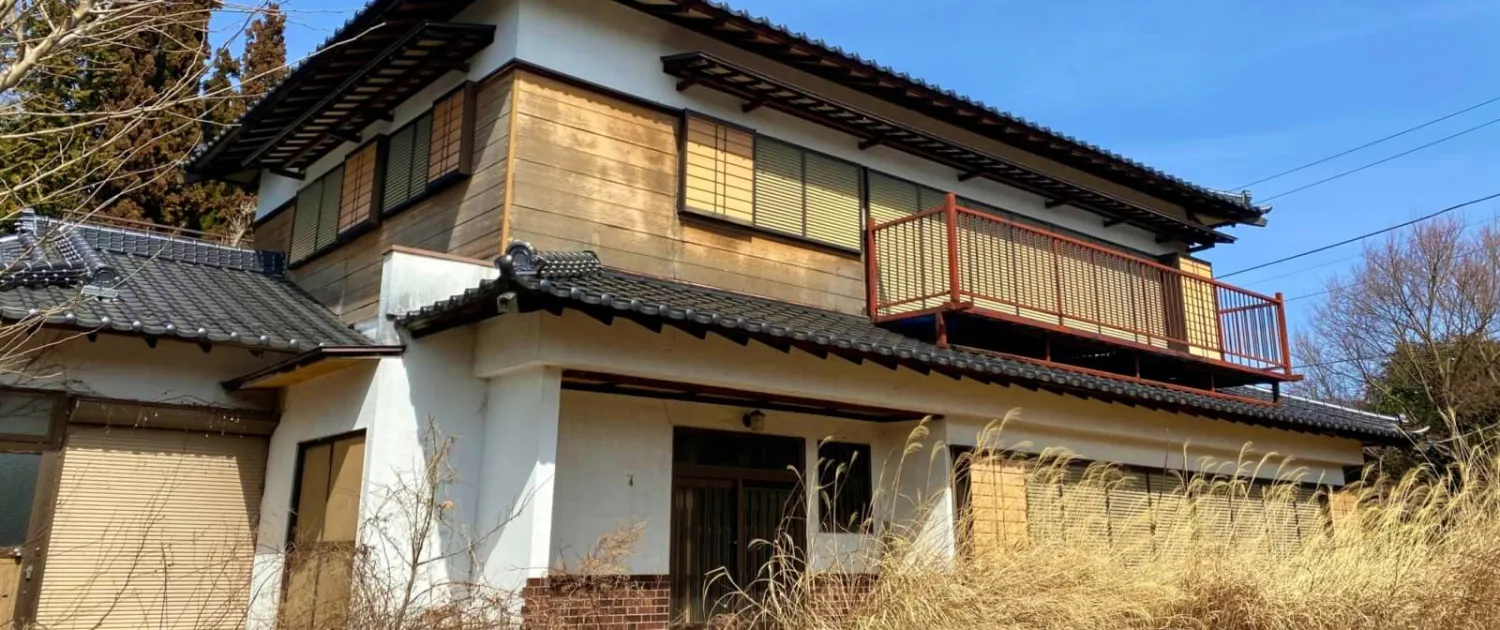Japan is currently home to an astonishing 9 million empty houses, known as “akiyas.” While this might sound like an inviting opportunity for potential buyers, the reality surrounding these abandoned properties is quite complex. Many of these akiyas can be purchased for as little as $10,000, but experts caution that acquiring one could lead to unexpected challenges.
The root of this surplus of empty homes lies in Japan’s ongoing demographic crisis. The country’s birth rate has dropped significantly, leading to a growing elderly population and an increasing number of homes left behind as older generations pass away. Tetsuya Kaneko, head of research and consultancy at Savills Japan, notes that the akiya issue has been developing for decades, beginning in the post-war economic boom when housing construction surged. As younger generations migrate to urban centers in search of job opportunities, rural areas are left with aging populations and an increasing number of abandoned houses.
Local perceptions of akiyas are often less than favorable. Many Japanese citizens view these homes as burdens or even unlucky, which can complicate the process of selling or utilizing inherited properties. Homes over 30 years old are frequently labeled as “old,” raising concerns about potential safety issues and the cost of renovations.
Despite these challenges, there is a growing international interest in Japan’s akiyas, particularly among individuals seeking second homes or renovation projects. The COVID-19 pandemic has encouraged remote work and shifted lifestyle preferences, prompting more people to explore these properties as potential investments.
Take the case of Anton Wormann, who fell in love with Japan during a work trip. After discovering the affordability of akiyas, he decided to invest. Now, several years later, he owns seven of these properties and has successfully turned his renovations into profitable rental ventures. Wormann emphasizes the importance of understanding Japanese culture and building a local network, noting that simply investing money without engaging with the community is unlikely to yield success.
Experts, including Kaneko, echo this sentiment, suggesting that while akiyas can be a rewarding investment for hobbyists or those in search of a tranquil retreat, they may not be suitable for everyone. The significant costs associated with renovations and the complexities of the home-buying process—especially for foreign buyers—can turn what appears to be an opportunity into a potential burden.
In summary, Japan’s empty houses represent a unique chance for those ready to invest time and effort in navigating the cultural landscape. However, for anyone seeking a quick return on investment, it may be prudent to consider other options. For those willing to embrace the journey of integrating into a new community while revitalizing these homes, the akiya market could indeed offer a fulfilling and profitable venture.
![]()
